Results
-
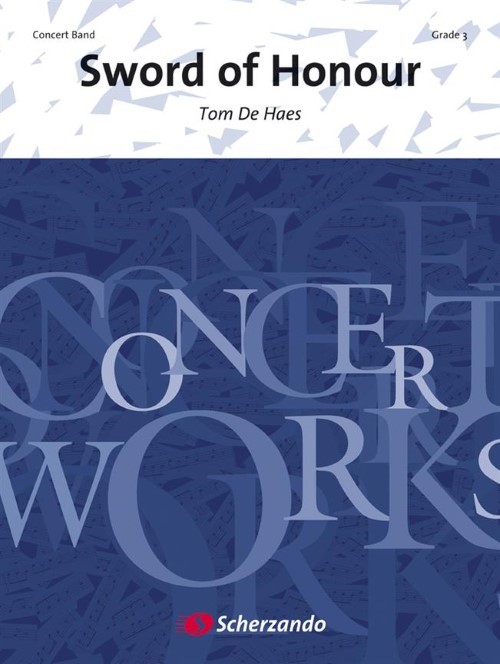 £137.99
£137.99Sword of Honour (Concert Band - Score and Parts) - De Haes, Tom
With Sword of Honour, Tom De Haes brings to life the noble knight Gawain of King Arthur's court. The composition is built around two main themes, which express the audacity and noble character of Gawain. The varied harmonies and orchestrations of both themes reflect the many layers of these courtly qualities. Both themes come together towards the end of the work to form a stately closing.Duration: 9:15
Estimated dispatch 7-14 working days
-
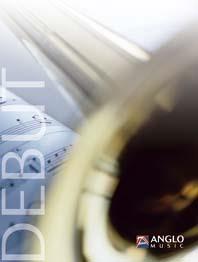 £74.99
£74.99The Long Day Closes (Concert Band - Score and Parts) - Sullivan, Arthur - Sparke, Philip
Although Arthur Sullivan (1842-1900) is best known for his collaboration with W.S. Gilbert on their famous operettas, he also wrote much instrumental, chamber and orchestral music, church anthems and around 20 secular part songs. One such song was The Long Day Closes which has remained in the popular repertoire of many male voice and mixed choirs. The melody is a combination of hushed hymn-like reverence and emotional intensity, which provides the young band the opportunity to work on dynamics, ensemble, intonation and balance in chorale style.Duration: 3:00
Estimated dispatch 7-14 working days
-
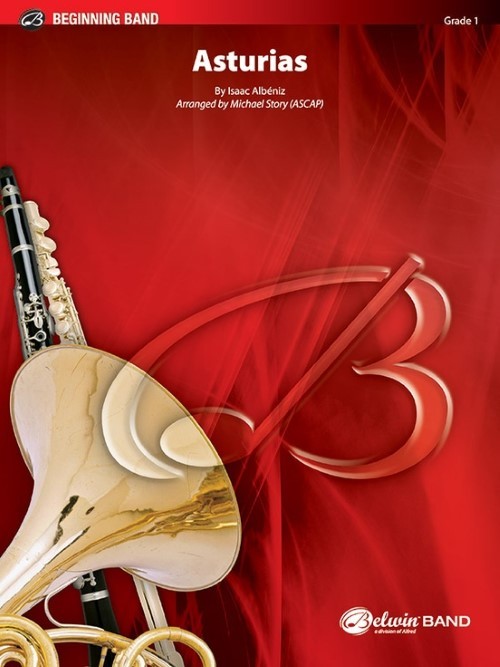 £50.50
£50.50Asturias (Concert Band - Score and Parts) - Albeniz, Isaac - Story, Michael
A movement from Issac Alb?niz' Suite Espagnole, this high-energy Michael Story arrangement has an intriguing melody scored around a lush chorale-section. Asturias, also known as "Leyenda," is a superb beginning band transcription of the renowned nationalistic Spanish composer. A bold musical statement! Duration: 2.15
Estimated dispatch 7-14 working days
-
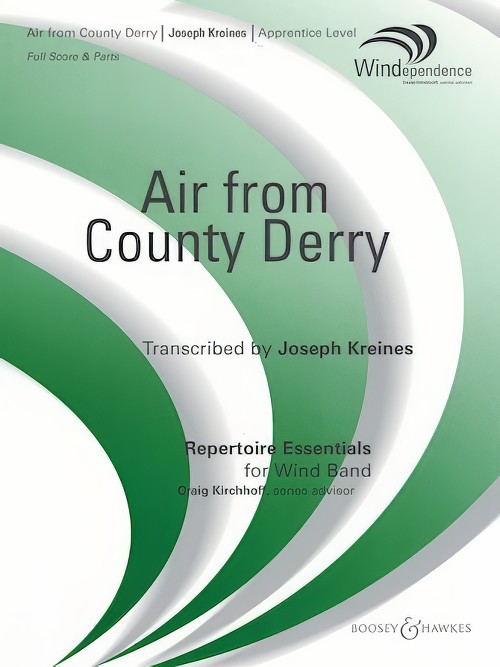 £65.00
£65.00Air from County Derry (Concert Band - Score and Parts) - Kreines, Joseph
This striking orchestration of the Northern Irish melody that underlies the song Danny Boy offers intermediate bands an opportunity to explore the tune's soaring beauty through colourful phrasing and rich harmonic motion. The melody is passed around to each section, creating a true ensemble work.Duration: 3:30
Estimated dispatch 7-14 working days
-
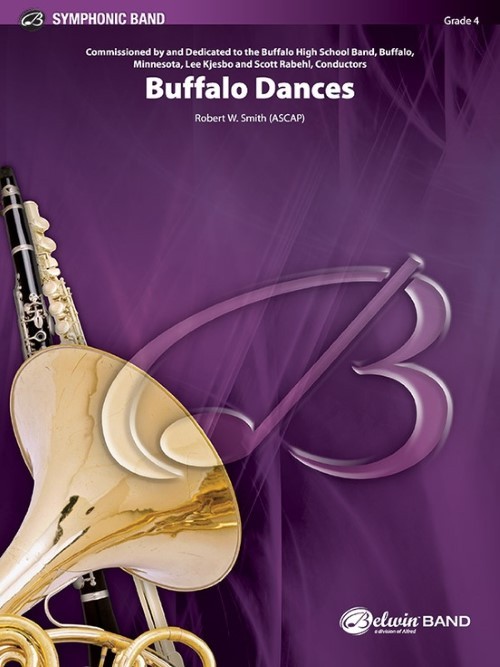 £84.50
£84.50Buffalo Dances (Concert Band - Score and Parts) - Smith, Robert W.
The lake region around Buffalo, Minnesota, is one of great geographic beauty and historic significance. Originally part of the region known as the Big Woods, the area was covered with hardwoods that were so thick in their overlapping branches, it was difficult to see the road ahead or sky above. The white elm trees grew to six feet in diameter and up to majestic heights of over one hundred feet.The Dakota People lived and prospered in this area between the lakes for 300 years. Buffalo was a favourite hunting and fishing ground for the Dakotas until the arrival of the first European fur traders and settlers. The richness of the natural resources served as a catalyst for modern development, which led to the very progressive region that continues to grow to this day.Buffalo Dances honours the natural beauty, Native-American heritage and the modern prosperity of Buffalo. Beginning with a majestic fanfare, the piece continues with flowing, Native-American inspired melodies over driving rhythmic figures. The centre of the piece is comprised of a simple original hymn song that reflects on the natural beauty of the region. Accompanied by the sounds of Native-American dance, the intensity returns. If one listens carefully the sound of snorting buffalo can be heard amid the festive atmosphere before the return of the concluding fanfare.
Estimated dispatch 7-14 working days
-
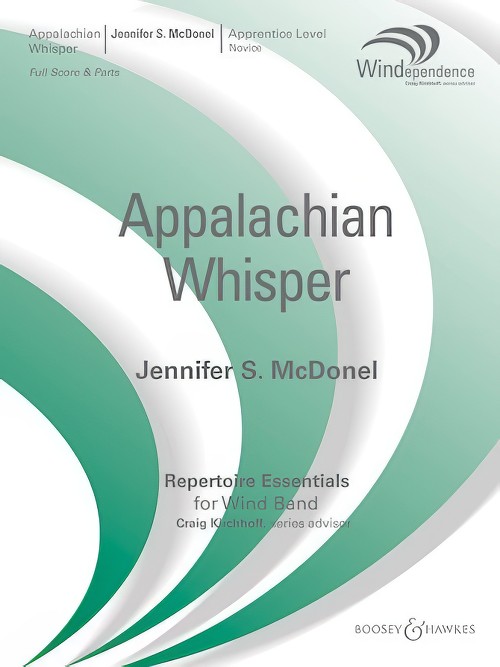 £45.00
£45.00Appalachian Whisper (Concert Band - Score and Parts) - McDonel, Jennifer
Written in the tradition of Appalachian folk music, the simplicity of the scoring and flexibility of instrumentation makes this an ideal choice for young ensembles. The delightful melody is passed around from section to section creating melodic interest for the players and your audience. The optional lyrics that are included allow the addition of a soloist or small choral ensemble to enhance the overall effect of this charming setting.Duration: 3:15
Estimated dispatch 7-14 working days
-
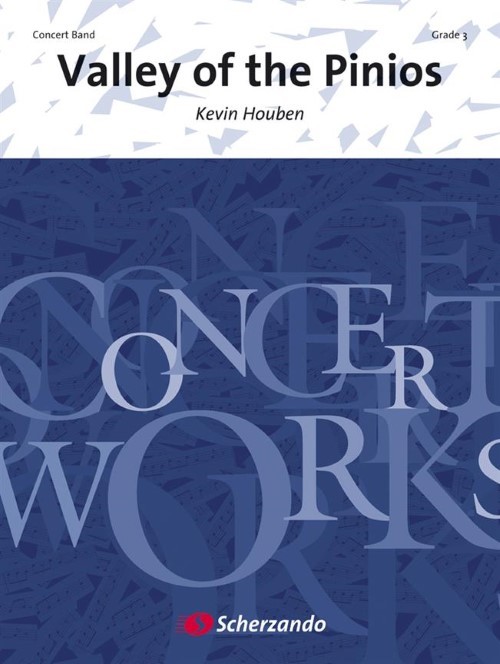 £118.99
£118.99Valley of the Pinios (Concert Band - Score and Parts) - Houben, Kevin
Lying on high, calcareous sandstone rocks are the monumental monasteries of Meteora, a region in north central Greece which look down over the valley of the Pinios River. This region inspired Kevin Houben to compose Valley of the Pinios. You can almost hear the wind swirl around the chalk rocks. The sacred atmosphere of the monasteries, the prayers, the solitude, the grandness of the valley and the splendour of nature are all reflected in this inspirational composition.Duration: 7:00
Estimated dispatch 7-14 working days
-
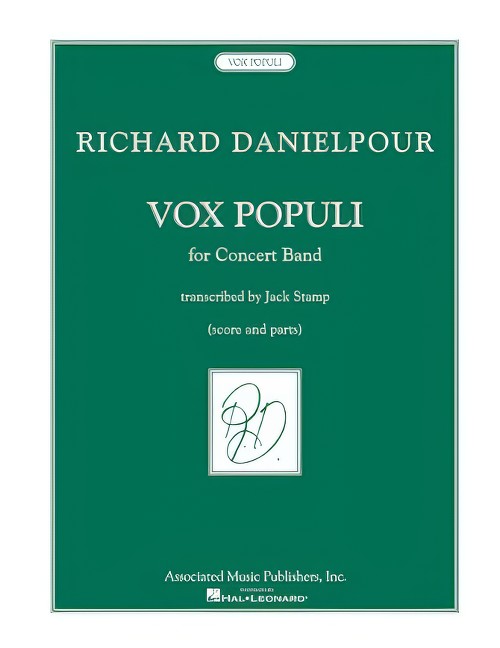 £104.99
£104.99Vox Populi (Voice of the People) (Concert Band - Score and Parts) - Danielpour, Richard - Stamp, Jack
Contemporary composer Richard Danielpour has established himself as one of the most sought-after writers of his generation, with orchestral works performed around the globe. In a style that is uniquely American and rhythmically vibrant, Jack Stamp offers this impressive wind adaptation of one of Danielpour's more recent compositions. A marvelous work for the mature ensemble.Duration: 6.45
Estimated dispatch 7-14 working days
-
 £74.99
£74.99La Caracola (Concert Band - Score and Parts) - Sparke, Philip
Flamenco is a style of music, usually played on the guitar to accompany dancing and singing, that has its home in Andalusia in southern Spain. It has its roots in the years of Moorish rule of the region (711-1492) although the modern flamenco style dates only from the 18th century. La Caracola (which is the Spanish name for the triton sea shell) is an annual festival of flamenco that takes place around the region's capital, Seville, annually in May. This piece does not contain any traditional flamenco melodies but does capture wonderfully the colour, passion and energy of this seductive music in a 'must-have' work for Beginner Bands.Duration: 2:00
Estimated dispatch 7-14 working days
-
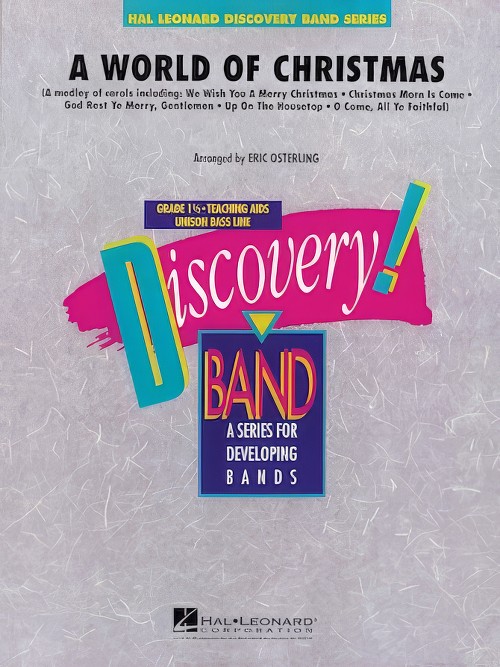 £42.50
£42.50A World of Christmas (Concert Band - Score and Parts) - Osterling, Eric
Here is a fresh setting of carols written in musical styles from around the world. Including We Wish You a Merry Christmas; the Slovakian carol Christmas Morn Is Come Again; God Rest Ye Merry, Gentlemen; Up On the Housetop; and a Latin version of O Come, All Ye Faithful, this is certainly a unique offering for the holidays.
Estimated dispatch 7-14 working days
